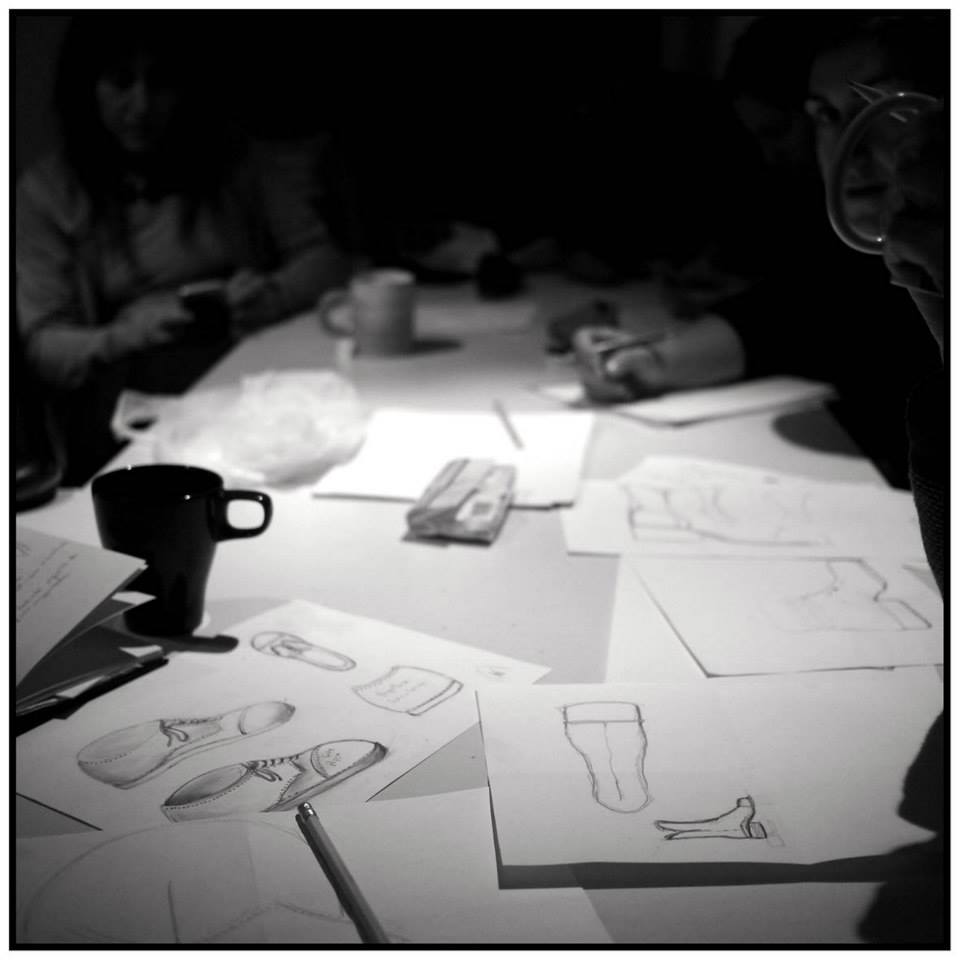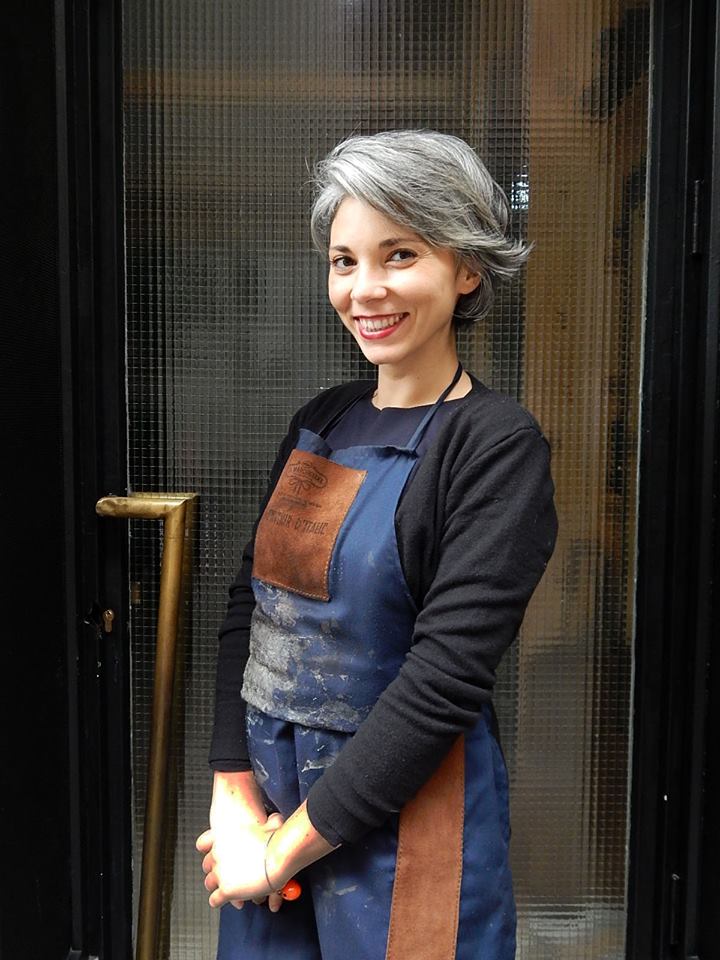HOW TO HELP YOUR CHILD BECOME AN ARTIST
“In the seventies I spent some of my happiest summers with my grandfather, when I visited him and learned to work with my hands in his workshop. HOW TO HELP YOUR CHILD BECOME AN ARTIST. One spring he announced that we were going to build a four-stroke petrol engine together. We cut, drilled, ground and transformed blocks of metal, pulling out a crankshaft, pistons and rods, just as an artist pulls a sculpture out of a block of marble. I was amazed by the power of the tools and expert hands (my grandfather’s, not mine). “
Makers . This is the name of the producers of the new millennium : an increasingly numerous movement of thinkers, inventors, artisans capable of transforming an idea into an innovative material object. Are all geniuses with innate creativity?
As Chris Anderson reminds us between the lines in his childhood story, all the makers of today were once children, and the creative behavior of an adult individual can depend on the experiences that have enhanced or inhibited him over the years. A question of education, therefore: the imagination and fantasy, initially little controlled by the child, can be supported and stimulated through a training path that helps to recognize them and orient them constructively towards the surrounding environment.
The activities to be proposed to make creativity a teachable subject are so many , from games with fairy tales, to acting with masks and puppets, to drawing. In this post, however, we want to talk about the potential offered by manual jobs. From an early age, constructions , blocks and bricks exert a natural fascination on children because through the assembly of minimal elements they can invent and build increasingly complex structures.

As children grow up they can deal with the creation of small objects, such as games or decorations, which in addition to developing fine manual skills stimulate the knowledge of the different materials of common use and work tools. Moreover, since many of these tools (such as scissors , punches , cutters , pins, etc.) Should be used with adult supervision, creative activity also becomes a time for sharing and socializing experience important for the strengthening of personality.
Precisely reflecting on the importance of transmitting an artisan know-how that is getting lost in the education of the new generations, there are those who are designing a workshop in which not only imitates, but truly engages in manual work, that of the shoemaker. ! It is not just about “teaching while having fun”, but about stimulating a real passion, that of creating with one’s own hands and recognizing an expression of oneself in the finished realization.
Daniela Diletti , daughter of art who grew up in the shop, has already experimented with small associative groups the formula for communicating her profession to apprentices, and seems to be successful. The most surprising reaction at the end of the workshop – says Daniela – is to grasp the gratification of the boys in seeing their shoes take shape. The project involves all phases of the process: first the design of the model, according to the taste and preferences of each one; then the development of drawing through the use of shapes and patterns; this is followed by cutting the leather with scissors, sewing and finally the assembly of the sole with the upper. At each step the “why?” when asked, they show curiosity and the desire to understand the reasons for proceeding in one way and not in another. And when they make mistakes and make mistakes, they also find a way to correct themselves. “Indeed – concludes Daniela – without filters and preconceptions, the boys amaze me with new and original solutions to the traditional problems of the trade. And this happens when creativity and imagination process the critical issues encountered in real life. ”

And then the small makers grow….



